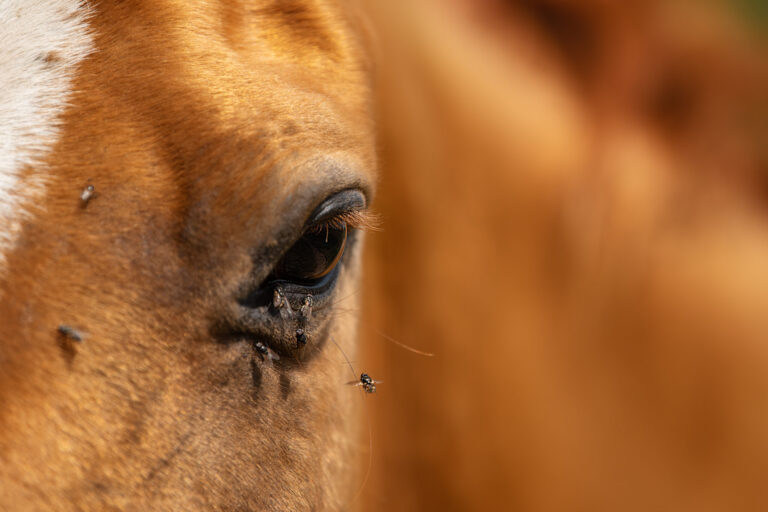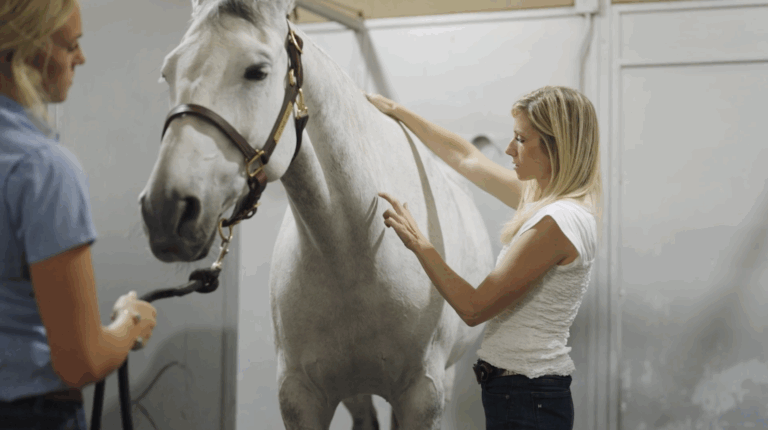
An analysis of data from the Equine Injury Database (EID) for 2018 resulted in an aggregated rate of fatal injury of 1.68 per 1,000 starts, The Jockey Club announced today. In 2017 the corresponding rate was 1.61 per 1,000 starts.
A graph depicting all updated statistical data pertaining to surface, distance, and age is available at jockeyclub.com/pdfs/eid_10_year_tables.pdf.
Prof. Tim Parkin, veterinarian and epidemiologist from the University of Glasgow and consultant to the EID, performed the analysis and concluded that the year-over-year aggregate increase was not statistically significant.
“Analysis of the EID has demonstrated that there are a multitude of factors that contribute to the risk of fatal injuries in Thoroughbred racehorses,” said Prof. Parkin. “Moving forward, we should focus on the medications present in horses during racing and training, transparency of veterinary records for all starters and the collection of injury data from morning training hours.”
The 2018 study showed that 2-year-olds were associated with a statistically significant lower rate (1.28 per 1,000 starts) compared to older horses (1.72 per 1,000 starts).
The rates associated with each racing surface were as follows:
- On turf surfaces, the rate was 1.20 per 1,000 starts in 2018, compared to 1.36 in 2017.
- On dirt surfaces, the rate was 1.86 per 1,000 starts in 2018, compared to 1.74 in 2017.
- On synthetic surfaces, the rate was 1.23 per 1,000 starts in 2018, compared to 1.10 in 2017.
Since the EID began collecting data in 2009, there has been a 16% drop in the rate across all surfaces, an 11% drop on dirt, a 38% drop on turf, and a 17% drop on synthetic surfaces.
In addition, since March 2012, racetracks have been able to voluntarily publish their statistics from the EID in the Safety Initiatives section of The Jockey Club website. There are 25 tracks that self-reported during 2018, and their aggregate rate was 1.51. On average, the lowest average rate (1.45) was seen among the following tracks that disclose their fatality rates and are accredited by the National Thoroughbred Racing Association’s Safety and Integrity Alliance.
- Aqueduct Racetrack
- Belmont Park
- Del Mar Thoroughbred Club
- Golden Gate Fields
- Gulfstream Park
- Indiana Grand Race Course
- Keeneland
- Laurel Park
- Pimlico Race Course
- Santa Anita Park
- Saratoga Race Course
- Suffolk Downs
- Turfway Park
- Woodbine Racetrack
Since the EID’s inception, 109 racetracks have given data. In 2019, tracks accounting for approximately 98% of flat racing days are expected to contribute to the EID.
The list of racetracks participating in the Equine Injury Database and detailed statistics from those tracks that voluntarily publish their results can be found at http://jockeyclub.com/default.asp?section=Advocacy&area=11.
The EID statistics include fatal injuries of Thoroughbreds that occurred during an official race as reported by veterinary officials and includes Thoroughbreds that succumbed to a race-related injury within 72 hours after race day. The statistics exclude steeplechase races. Summary statistics for the EID are subject to change due to a number of considerations, including reporting timeliness.
The Equine Injury Database, conceived at the Grayson-Jockey Club Research Foundation’s first Welfare and Safety of the Racehorse Summit, was launched by The Jockey Club in July 2008 and seeks to identify the frequencies, types, and outcomes of racing injuries using a standardized format that generates valid statistics, identifies markers for horses at increased risk of injury, and serves as a data source for research directed at improving safety and preventing injuries.







